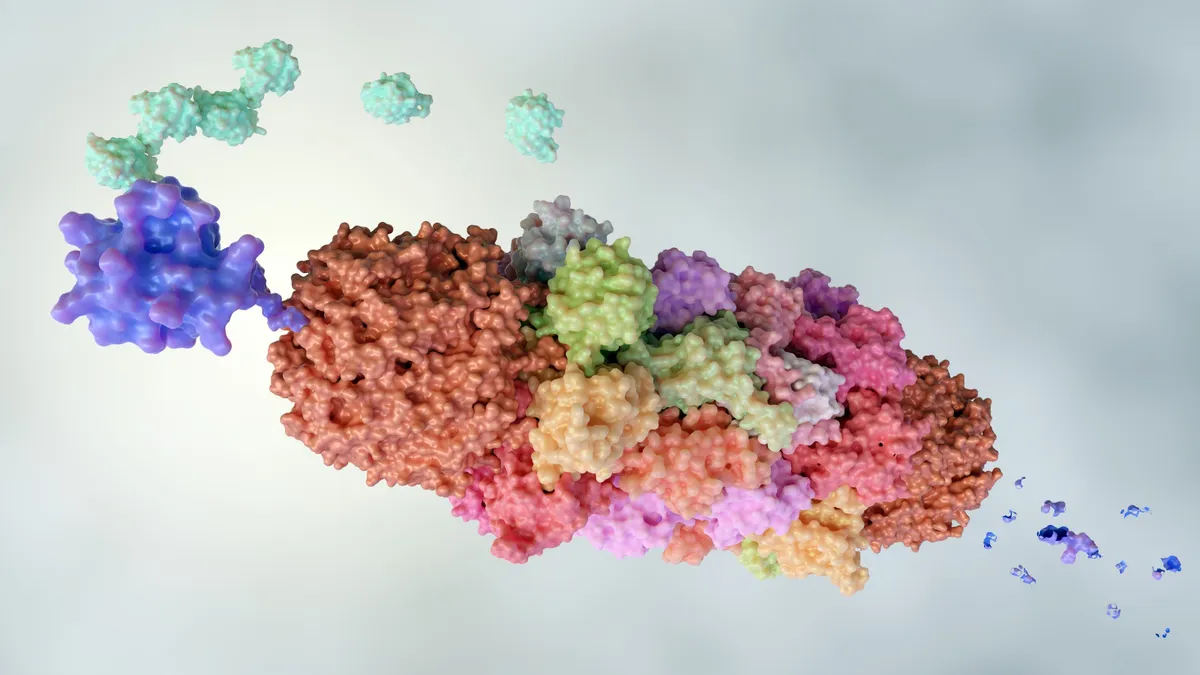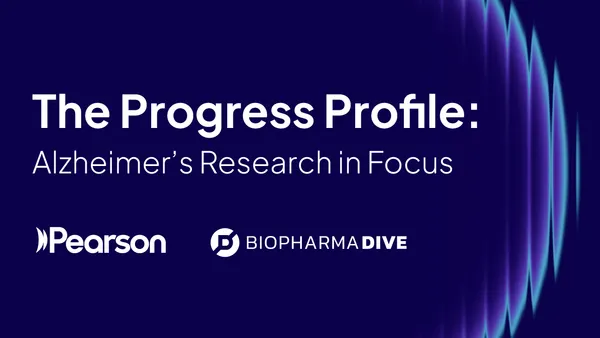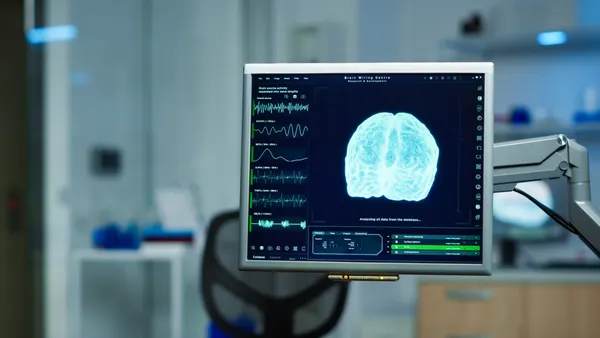Dive Brief:
- In a mid-stage trial, weekly doses of an investigational drug from Eli Lilly reduced both weight and blood sugar at six months in people with poorly controlled Type 2 diabetes. The results pushed Lilly's stock price up 4% in Thursday trading, while rival Novo Nordisk stock fell 7%.
- Dubbed a "twincretin," Lilly's LY3298176 targets both the gastric inhibitory polypeptide (GIP) and glucagon‐like peptide‐1 (GLP‐1) receptors, bringing the action of two individual incretins in one molecule. The Phase 2b results were presented at the 54th Annual Meeting of the European Association for the Study of Diabetes in Berlin and published in The Lancet.
- Phase 3 studies are planned for late 2018 and early 2019, with regulatory submissions as early as 2022. LY3298176 is also being assessed for use in obesity and other conditions.
Dive Insight:
The body produces two incretin hormones, GIP and GLP‐1, to digest food. They trigger the secretion of insulin from the pancreas, in turn making them useful targets for the treatment of type 2 diabetes.
Diabetes remains a growing problem around the world; there are around 425 million adults worldwide with the disease. Type 2 diabetes is the most common form, affecting 90% to 95% of the 30 million diabetics in the U.S., and has a major impact on long-term health and lifespan. One of the main drivers behind type 2 diabetes is obesity, and drugs that work on both blood glucose and weight are a major step forward in managing the condition.
A number of drugs targeting GLP-1 are already on the market. Novo Nordisk has its flagship Victoza (liraglutide), as well as its newer once-weekly injectable Ozempic (semaglutide). The Danish drugmaker also has an oral form in Phase 3 testing.
Eli Lilly, meanwhile, has had success with Trulicity (dulaglutide), while AstraZeneca trails with Byetta/Bydureon (exenatide).
On GIP, however, there has been less of a focus to date. LY3298176, with its dual targets and position in later-stage testing, offers Lilly a way to get ahead of the pack.
"We're taking the already proven benefits of GLP-1 receptor agonists and looking at a new molecule that integrates GIP action to see what additional benefits are possible," said Juan Frias, president and principal investigator at the National Research Institute, in an Oct. 4 statement from Lilly.
In patients with poor control of their diabetes, both LY3298176 and Trulicity were significantly more effective than placebo at improving blood sugar — as measured by HbA1c reduction. Up to 90% of patients receiving LY3298176 reached the recommended HbA1c target, although interestingly the middle 10 mg dose proved more effective than the higher 15 mg dose.
Over a third of people lost 10% or more of their starting body weight at the 10 mg dose, and a quarter lost 15% or more at the 15 mg dose.
In the Lancet publication, researchers concluded LY3298176 "showed significantly better efficacy with regard to glucose control and weight loss than did dulaglutide [Trulicity], with an acceptable safety and tolerability profile."
"Combined GIP and GLP-1 receptor stimulation might offer a new therapeutic option in the treatment of type 2 diabetes," they added.
Lilly has long had a focus on diabetes, launching the world's first commercial insulin in 1923. While the competitive headwinds for diabetes drugmakers have increased of late, Lilly is confident that its approach with LY3298176 could lead to new treatment option. Success with the compound could prove an important differentiation for Lilly against its GLP-1 rival, Novo.
"We set a high bar for this phase 2 study, and the results exceeded our expectations. We're excited to continue studying GIP/GLP-1 [receptor agonist] and hope to add it to our wide range of therapies for people with diabetes," said Jeff Emmick, vice president of product development at Lilly Diabetes in the Oct. 4 statement.













